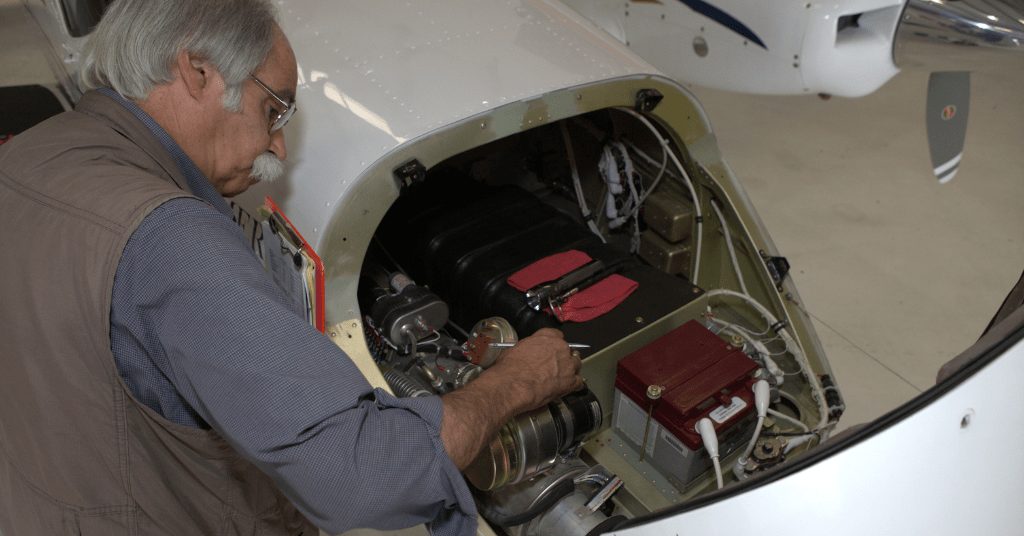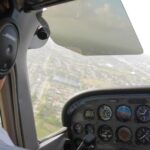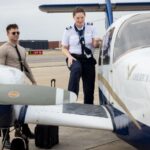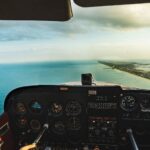So, you’ve been flying for a little while and are building hours towards that airline career that you can see getting closer on the horizon.
At this point, you are confident in an airplane and are familiar with the required documents and inspections needed to verify that the aircraft is legal to fly, but are you being thorough enough? Let’s dive a little deeper into a topic that many pilots might not be aware can affect the airworthiness of their aircraft, and that is modifications.
It’s a beautiful day when you show up at your local FBO to rent the airplane you occasionally fly on the weekends. They tell you that the airplane you usually fly is down for maintenance, but they just added another airplane of the same make and model to the fleet that you can use instead. You ask to see the maintenance logbooks and take a few minutes to verify that the annual inspection, transponder and altimeter/static certifications, ELT inspections, and ADs are all up to date. You’re happy with what you see and go to the airplane for your preflight inspection.
You verify that all required documents such as the airworthiness certificate, registration, POH, and weight and balance are current and in the airplane. You then refer to the manufacturer’s preflight checklist, check the oil, sump the fuel, check the tires, move the control surfaces, look for fluid leaks, and then you notice something strange.
This airplane looks different from others of the same make and model you have flown. It appears to have some modifications to it. Maybe it has a short takeoff and landing kit (STOL) or upgraded avionics. Maybe it’s a more subtle difference, like skin patches on the belly where something looks to have been previously mounted. This should cause you to pause.
An aircraft that is safely “flyable” is not necessarily “airworthy,” and while you may have an airplane in near-perfect mechanical condition, flying that same aircraft could put you in violation of multiple regulations if the paperwork is not correct. That an aircraft has been modified from its original design doesn’t necessarily mean anything is wrong with it, but it does mean that you should dig a little deeper into its history.
As a pilot, it’s important to understand that 14 CFR 91.7 prohibits any person from operating an aircraft that is not in an airworthy condition, but did you know that the FAA doesn’t give a definition for the term “airworthy”? Luckily, there are National Transportation Safety Board (NTSB) decisions and FAA legal interpretations to give us insight into what it means. They have done so by outlining the following two criteria:
- The aircraft must conform to its type certificate; if that certificate has been modified, it must conform to applicable supplemental type certificates and Airworthiness Directives.
- The aircraft must be in condition for “safe” operation.
What Is a Type Certificate?
A type certificate is issued to aircraft manufacturers when an airplane design receives certification from the FAA. This certificate outlines exactly how the aircraft shall be built, its limitations, and how the company will ensure that each aircraft they make conforms to this original design. The type certificate grants the holder the ability to produce that type of aircraft as long as they build it to those approved standards. The requirements of this type certificate must be maintained forever (unless modified) to keep the aircraft airworthy.
The type certificate differs from an airworthiness certificate in that it is issued to the manufacturer, and the airworthiness certificate is issued to the aircraft. The airworthiness certificate indicates that it was built by someone who holds a type certificate and is therefore allowed to produce aircraft. It remains valid as long as that aircraft is maintained to the regulations’ airworthiness standards and remains unmodified.
Supplemental Type Certificates (STCs)
Making a physical change to the airframe, engine, or propeller could cause unintended consequences like unforgiving stall characteristics or controllability issues, but many companies do make modification kits for aircraft. Unlike automobile modifications, companies specializing in aircraft modifications must go through a certification process with the FAA similar to what the manufacturer had to do for the original type certificate. When the modification is shown not to affect the aircraft’s safety, and when the changes in performance characteristics are well known, the FAA issues it a supplemental type certificate (STC), and it can be sold to the public and used to modify an aircraft.
These modifications to the original design of the aircraft require it to be inspected by a mechanic with an inspection authorization (IA) and form 337 must be submitted to the FAA. Copies of this form are also given to the owner/operator and entered into the aircraft’s permanent logs before the aircraft is released into service.
It is important to review and familiarize yourself with any 337s in the maintenance logbooks because they outline the details of how the modification was performed and include any new inspections or maintenance items that will be needed to maintain the aircraft’s continued airworthiness. Any inspections or maintenance items listed in the instructions for continued airworthiness on a 337 are considered mandatory and should be treated the same as an Airworthiness Directive (AD). Any pilot acting as pilot in command is responsible for confirming that these inspections are current.
If you ever have questions about modifications or associated paperwork you should reach out to your mechanic.










